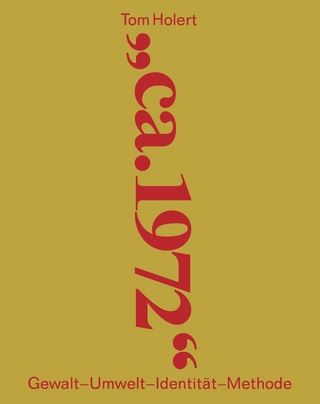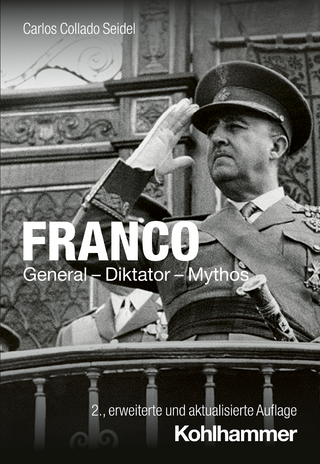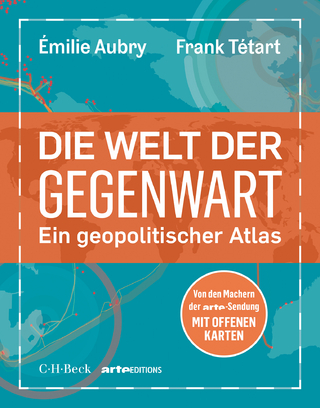
The Festival of India
Development and Diplomacy at the End of the Cold War
Seiten
2024
Cambridge University Press (Verlag)
978-1-009-35839-2 (ISBN)
Cambridge University Press (Verlag)
978-1-009-35839-2 (ISBN)
This Element studies the Festival of India in the United States (1985–1986), one of the biggest events ever mounted to promote goodwill between two countries. It delineates how this multi-sited spectacle of unprecedented size and near unfathomable political, economic, and cultural influence impacted theatre and performance studies.
An in-depth study of the Festival of India (1985–1986) in the United States, one of the biggest events ever mounted to promote goodwill between two countries. Comprising more than seven hundred programs of music, dance, drama, film shows, art exhibitions, and workshops sponsored by over two hundred cultural institutions across over a hundred cities, the festival constituted a prismatic event that refracted the complex forces at play on the global stage during the 1980s. The Element delineates how this multi-sited spectacle of unprecedented size and near unfathomable political, economic, and cultural influence impacted theatre and performance studies. Simultaneously, it traces how two complex historical shifts were communicated to the global public at the end of the Cold War: India's desire to transition from planned Nehruvian socialism to laissez faire capitalism and the efflorescence of the model of 'cultural development' that centred the arts in development.
An in-depth study of the Festival of India (1985–1986) in the United States, one of the biggest events ever mounted to promote goodwill between two countries. Comprising more than seven hundred programs of music, dance, drama, film shows, art exhibitions, and workshops sponsored by over two hundred cultural institutions across over a hundred cities, the festival constituted a prismatic event that refracted the complex forces at play on the global stage during the 1980s. The Element delineates how this multi-sited spectacle of unprecedented size and near unfathomable political, economic, and cultural influence impacted theatre and performance studies. Simultaneously, it traces how two complex historical shifts were communicated to the global public at the end of the Cold War: India's desire to transition from planned Nehruvian socialism to laissez faire capitalism and the efflorescence of the model of 'cultural development' that centred the arts in development.
1. Introduction; 2. 'All the Raj: India is in, and everyone's going subcontinental'; 3. The administrative organization of the festival; 4. Actors; 5. Cultural development; 6. Zoological performance: Aditi, Mela!, and the golden eye; 7. Theatrical performance: Peter Brook's Mahabharata; 8. Conclusion; References.
| Erscheinungsdatum | 04.05.2024 |
|---|---|
| Reihe/Serie | Elements in Theatre, Performance and the Political |
| Zusatzinfo | Worked examples or Exercises |
| Verlagsort | Cambridge |
| Sprache | englisch |
| Maße | 150 x 230 mm |
| Gewicht | 141 g |
| Themenwelt | Kunst / Musik / Theater ► Theater / Ballett |
| Geschichte ► Allgemeine Geschichte ► Zeitgeschichte | |
| ISBN-10 | 1-009-35839-1 / 1009358391 |
| ISBN-13 | 978-1-009-35839-2 / 9781009358392 |
| Zustand | Neuware |
| Informationen gemäß Produktsicherheitsverordnung (GPSR) | |
| Haben Sie eine Frage zum Produkt? |
Mehr entdecken
aus dem Bereich
aus dem Bereich
Gewalt, Umwelt, Identität, Methode
Buch | Softcover (2024)
Spector Books OHG (Verlag)
CHF 49,95


